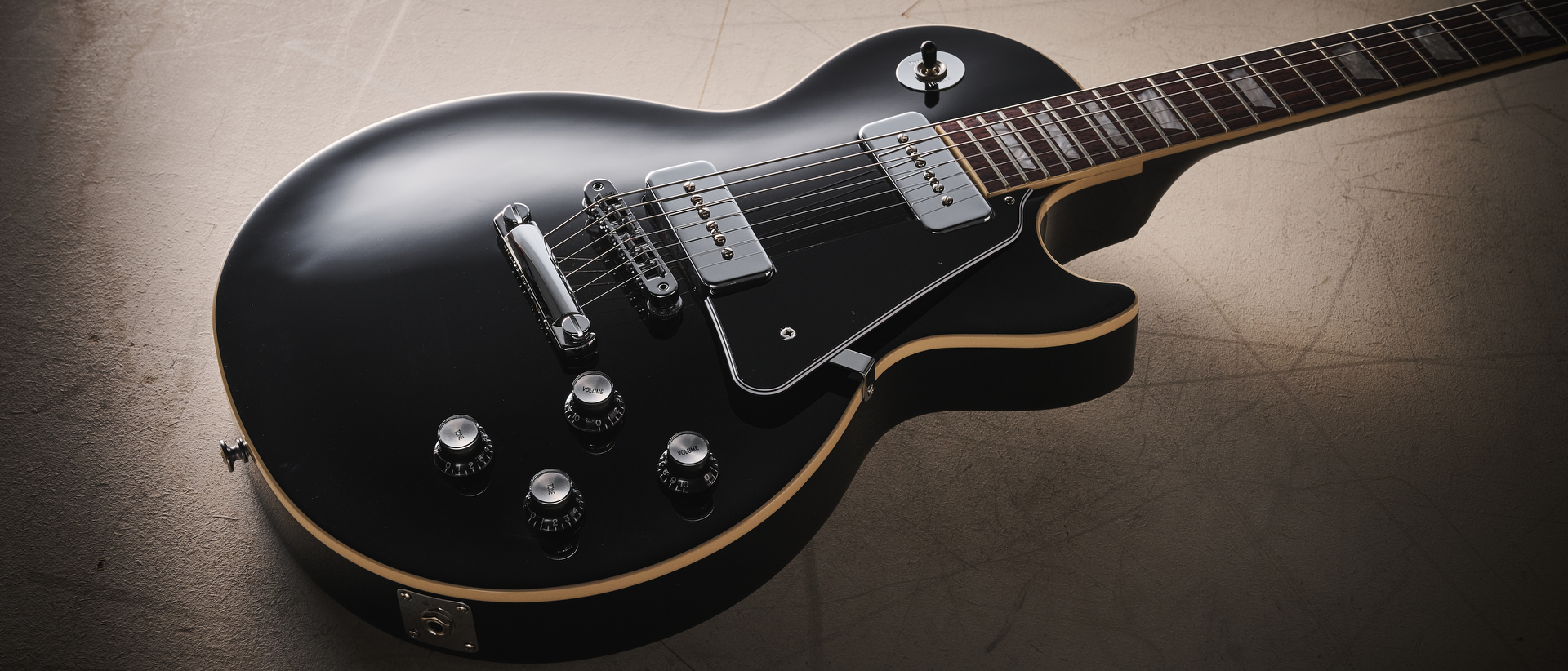Applying Four-Note Shapes and Patterns to Arpeggios
This lesson can really strengthen one’s awareness of intervallic construction, scale recognition across the fretboard and virtually every aspect of one’s playing.

In my previous three columns, I presented a detailed exploration of note groups, or “cells,” based on the minor pentatonic and Hirajoshi scales and the Aeolian mode (also known as the natural minor scale), performed up and down the fretboard in various patterns and positions.
Now I’m going to show you how to apply this concept to arpeggios. I’ve found that doing this can really strengthen one’s awareness of intervallic construction, scale recognition across the fretboard and virtually every aspect of one’s playing.
My overall goal with these exercises is to provide you with a systematic approach to the study of these various patterns and offer some useful ways to incorporate them into your own solos. Whenever I learn a new scale or technique, I immediate look to find ways to apply it to real musical situations.
This always turns the learning experience into a fuller, more enjoyable exercise. Our focus this month is on arpeggio shapes, based on the E natural minor scale (E F# G A B C D), which is composed of the same seven notes as the G major scale (G A B C D E F#).
In FIGURE 1, I begin with the notes of an E minor triad, E G B, played as a repeating four-note pattern. In bar 2, I move up to the next triad shape that is diatonic to (within the scale structure of) E natural minor, resulting in the notes F# A C, alluding to an F#mb5 triad (also known as F# diminished). The pattern continues to ascend the fretboard until I reach 17th position and an A minor triad (A C E), after which I descend through each pattern and continue down the fretboard to seventh position, and then ascend back through each previous figure.
In FIGURE 2, the pattern is played in double time. Now let’s expand our view to full seventh-chord arpeggios (1-3-5-7). FIGURE 3 illustrates the basic form in E minor, comprised of the notes E G B D, played in both eighth and 16th notes.
In FIGURE 4, the concept is illustrated in eighth notes as we traverse the board through every seventh-chord arpeggio diatonic to E natural minor (or G major). When you get to the end of the figure, repeat the pattern in each previous bar in reverse order. In FIGURE 5, I “displace” the last note of each note group in order to expand the parameters of each melodic shape, and in FIGURE 6, I start with Gmaj7 on the bottom two strings and then move up an interval of a third each time the pattern is recast using the next group of notes.
All the latest guitar news, interviews, lessons, reviews, deals and more, direct to your inbox!
Work through all of these patterns slowly and carefully, memorizing each new form as you proceed.

